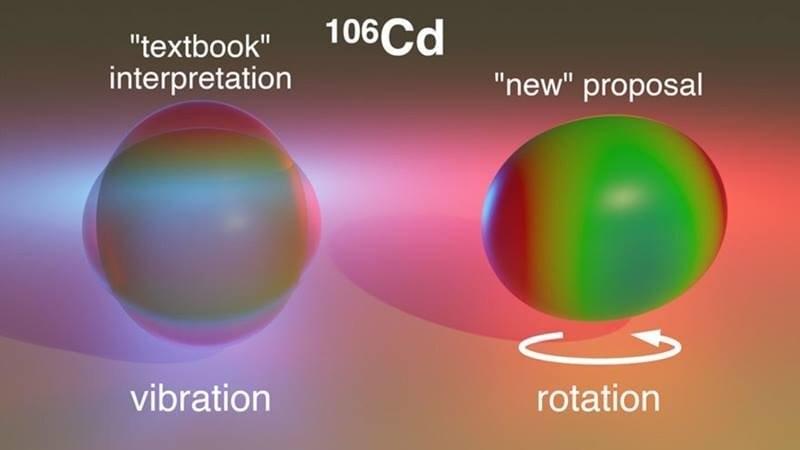Atomic nuclei take a range of shapes, from spherical (like a basketball) to deformed (like an American football). Spherical nuclei are often described by the motion of a small fraction of the protons and neutrons, while deformed nuclei tend to rotate as a collective whole.
A third kind of motion has been proposed since the 1950s. In this motion, known as nuclear vibration, atomic nuclei fluctuate about an average shape. Scientists recently investigated cadmium-106 using a technique called Coulomb excitation to probe its nuclear shape. They found clear experimental evidence that the vibrational description fails for this isotope’s nucleus. This finding is counter to the expected results.
Research published in Physics Letters B builds on a long quest to understand the transition between spherical and deformed nuclei. This transition often includes vibrational motion as an intermediate step. The new result suggests that nuclear physicists may need to revise the long-standing paradigm describing how this transition occurs.
